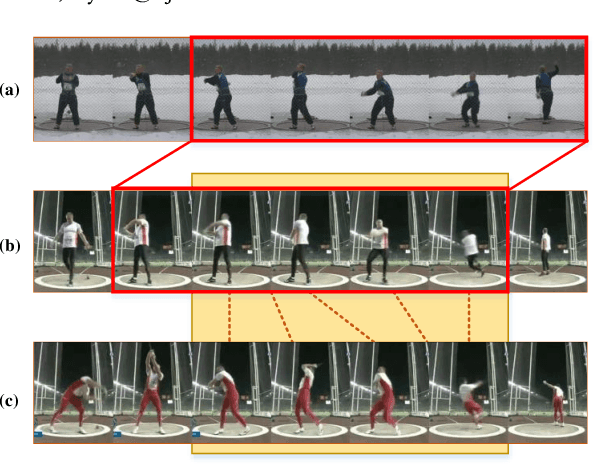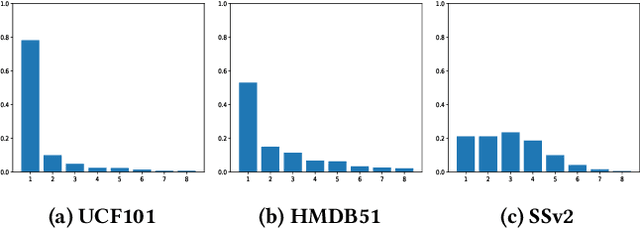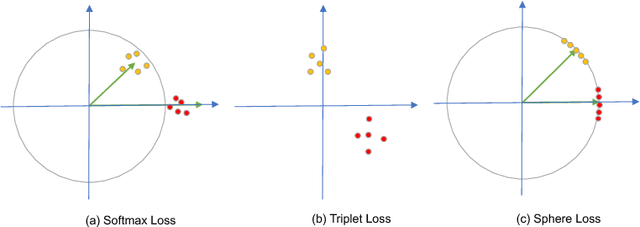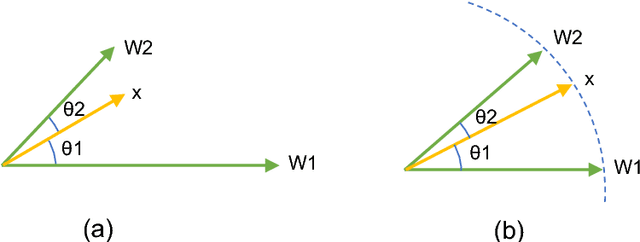Mengjuan Fei
TTAN: Two-Stage Temporal Alignment Network for Few-shot Action Recognition
Jul 10, 2021



Abstract:Few-shot action recognition aims to recognize novel action classes (query) using just a few samples (support). The majority of current approaches follow the metric learning paradigm, which learns to compare the similarity between videos. Recently, it has been observed that directly measuring this similarity is not ideal since different action instances may show distinctive temporal distribution, resulting in severe misalignment issues across query and support videos. In this paper, we arrest this problem from two distinct aspects -- action duration misalignment and motion evolution misalignment. We address them sequentially through a Two-stage Temporal Alignment Network (TTAN). The first stage performs temporal transformation with the predicted affine warp parameters, while the second stage utilizes a cross-attention mechanism to coordinate the features of the support and query to a consistent evolution. Besides, we devise a novel multi-shot fusion strategy, which takes the misalignment among support samples into consideration. Ablation studies and visualizations demonstrate the role played by both stages in addressing the misalignment. Extensive experiments on benchmark datasets show the potential of the proposed method in achieving state-of-the-art performance for few-shot action recognition.
SphereReID: Deep Hypersphere Manifold Embedding for Person Re-Identification
Jul 02, 2018



Abstract:Many current successful Person Re-Identification(ReID) methods train a model with the softmax loss function to classify images of different persons and obtain the feature vectors at the same time. However, the underlying feature embedding space is ignored. In this paper, we use a modified softmax function, termed Sphere Softmax, to solve the classification problem and learn a hypersphere manifold embedding simultaneously. A balanced sampling strategy is also introduced. Finally, we propose a convolutional neural network called SphereReID adopting Sphere Softmax and training a single model end-to-end with a new warming-up learning rate schedule on four challenging datasets including Market-1501, DukeMTMC-reID, CHHK-03, and CUHK-SYSU. Experimental results demonstrate that this single model outperforms the state-of-the-art methods on all four datasets without fine-tuning or re-ranking. For example, it achieves 94.4% rank-1 accuracy on Market-1501 and 83.9% rank-1 accuracy on DukeMTMC-reID. The code and trained weights of our model will be released.
 Add to Chrome
Add to Chrome Add to Firefox
Add to Firefox Add to Edge
Add to Edge